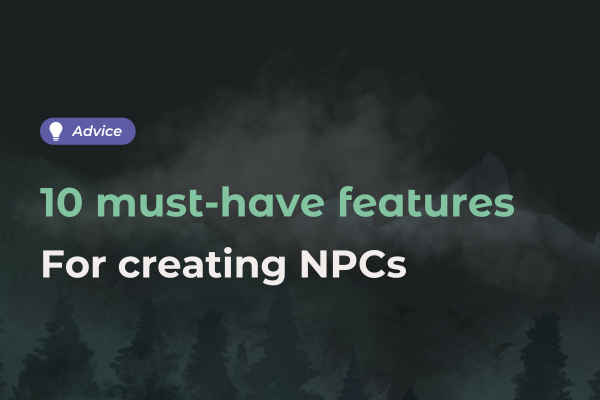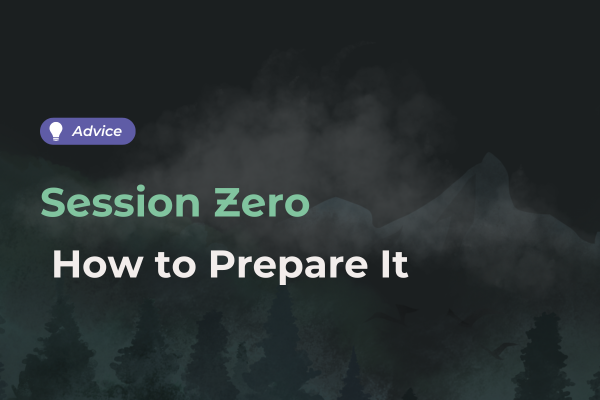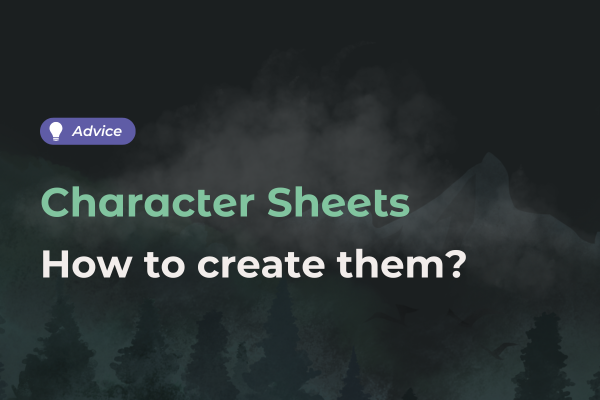
10 must-have features for creating NPCs

You're currently writing your story or your lore and want to create some NPCs? To help you get started, we've listed 10 essential characteristics to add to your non-player character.
The non-player character's story and role
Every non-player character needs a context to fit into, to be as realistic as possible. So it's important to think about your character's background and role.
Its background
First, imagine the character's backstory: where is it from? What society does the character belong to? Do they have any special powers? Asking a few questions about the character's background will enable you to link them with different places, societies and cultures in your universe.
This will also enable you to build on the different elements you've created for your Lore.
If you're using our worldbuilding software, we recommend that you use the “mirror” feature to link your new non-player character with a place, society, culture or other element that seems important to you!
Introducing it to your world
If you want to tie in your non-player character, consider giving them a role in your world. No ideas? Here's a list of NPCs to add to your Lore:
- A dubious merchant,
- An adventurer who accompanies players,
- An elderly busybody,
- A spy messenger,
- A corrupt nobleman,
- A mysterious warrior,
- A charismatic gang leader,
- A misunderstood ghost,
- A forest spirit.
An obvious motivation
Once you've defined their role and introduced them, you'll be able to find a motivation for your non-player character in your world. This will help justify their actions throughout the adventure.
Depending on your world, motivations may be extremely varied. You can choose simple motivations such as protecting family, rising to power or getting rich, or more complex and nuanced ones. Let your imagination run wild!
The non-player character's physique
It's not necessarily mandatory, but having a few elements of physical description for your NPCs can help.
A defined class
If you're creating a Lore from a well-known universe such as Dungeons & Dragons, you may want to focus on the character's class. This will allow each player to work his or her imagination, but still have a common reference point.
Here are some ideas for fantasy classes:
- Warrior (knight, archer, duellist, etc.)
- Ranger (hunter, scout, etc.)
- Spellcaster (warlock, sorcerer, mesmer, druid, cleric, etc.)
Global body presentation
Body presentation for your NPCs is completely optional. However, you can add precision by specifying the species of each non-player character. For example, you can specify whether the NPC is a human, an elf, a dwarf or a tiefling!
Accessories and equipment
If your NPC is going to appear in your narrative, be sure to specify whether he or she has equipment. This can be useful if players want to barter, ask for help or even try to steal the equipment!
The non-player character's psyche
To develop your NPCs further and make them as relatable as possible, you need to pay close attention to their psychology.
A unique personality
The personality of a non-player character will largely influence the way he or she interacts with players during your campaign. Think about the character's personality: will he or she be suspicious, self-confident, jovial or mysterious?
Remember to note down information directly in Lore's character page or Tome's memo. Depending on its importance to the story, you can integrate it into one of our role-playing software tools.
A recognizable voice
As a game master, it's your responsibility to bring your characters to life, both by describing them and by introducing them to your players. So it's time for you to bring your acting skills into play with words and tone!
Non-player character connections
Finally, avoid introducing a new NPC without any context! Remember to create links with other characters or players.
A defined role for players
How will your NPC relate to the players? Depending on the class you've given them, you can easily assign them a role. This role can be more or less important in your campaign.
If you're using Tome, our role-playing storyboard software, feel free to add his role in the character memo and add notes directly into your scenes to remind you of some of the NPC's characteristics.
Links with other NPCs
To develop your world further, don't hesitate to make connections between your NPCs. You can use the diagrams in Lore to easily create links between all the characters in your world.
NPCs are important because, in their own way, they help build the universe and bring it to life. Depending on the importance of the non-player character and his or her appearance, you'll define more or less of the characteristics listed above.
Now it's your turn!





